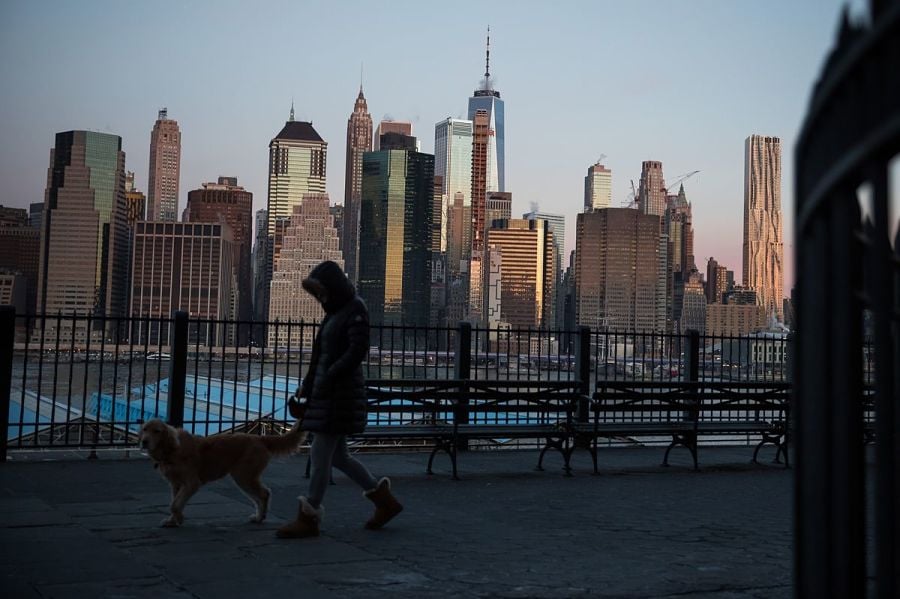

State and local government pensions had their worst quarter since the credit crisis more than a decade ago as the sudden shutdown of the global economy because of the coronavirus hit almost every asset class.
The median government employee pension, whose assets are heavily weighted toward U.S. stocks, lost about 13% in the first three months of the year, according to data released Tuesday by the Wilshire Trust Universe Comparison Service. Public pensions have lost almost 8% since the beginning of the fiscal year on July 1.
The losses will put even greater strain on states facing budget shortfalls that by one estimate could total $650 billion over the next three years. Public pensions will almost surely miss their assumed annual return targets of 7%, pushing states and local governments to increase funding or cut costs by raising employee contributions or freezing cost-of-living increases. Municipalities that reduce pension payments will see only their unfunded liabilities grow.
“While deferring costs in the near term may provide budgetary flexibility and be a liquidity management tool, it will increase long-term pension costs,” S&P Global Ratings said in a May 6 report.
During the first quarter, the S&P 500 index plunged 20%, its biggest quarterly decline since 2008, and international stocks fell 23%. Stocks rebounded in April as governments passed massive stimulus plans and the Federal Reserve pledged to use all its tools to stave off a depression.
To dampen the impact of market gyrations, most government pensions phase in additional contributions when returns fall short of targets.
However, pension-funding ratios are based on the market value of assets, and they could fall to 60% from 73% if investment performance doesn’t bounce back in the second quarter, S&P said. Government-sponsored pensions would need to achieve 30% returns in the second quarter to maintain the funded ratio from a year ago, S&P said.
College endowments and foundations saw declines of 13.8%. Schools are under pressure as they face losses in their investment portfolios, as well as lost revenue from room and board refunds, canceled on-campus summer programs and potentially less tuition if classes aren’t held in person in the fall.

Former Northwestern Mutual advisors join firm for independence.

Executives from LPL Financial, Cresset Partners hired for key roles.

Geopolitical tension has been managed well by the markets.

December cut is still a possiblity.

Canada, China among nations to react to president-elect's comments.
Streamline your outreach with Aidentified's AI-driven solutions
This season’s market volatility: Positioning for rate relief, income growth and the AI rebound
